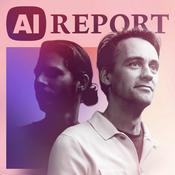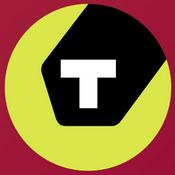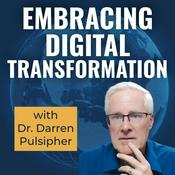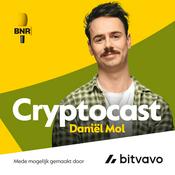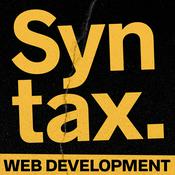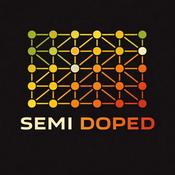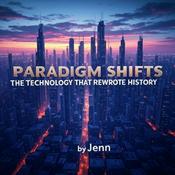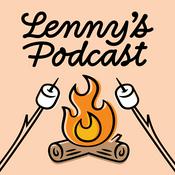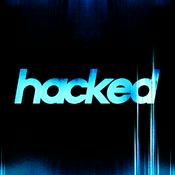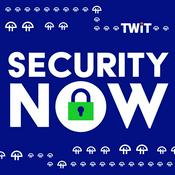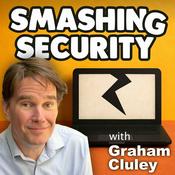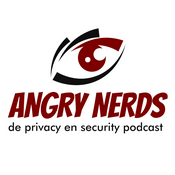45 afleveringen

Episode #45 Photogrammetric Accuracy Requirements: How to Meet Them?
17-12-2025 | 39 Min.
Hosted by Michael O'Sullivan, VP Sales, SimActive with guest speaker David Alamillo, Photogrammetry Specialist at SimActiveAchieving high accuracy is at the core of any successful photogrammetry project, but what does it really take to meet professional mapping standards? Join David Alamillo, photogrammetry specialist at SimActive, as he explains how to design acquisition and processing workflows that deliver dependable results. Discover practical methods to control and validate accuracy, whether through positioning systems, ground control, or lidar integration.Specifically listeners will learn the following:• Understanding the value of RTK/PPK• Using GCPs vs. checkpoints• Leveraging lidar as control• Ensuring final quality

Episode #44 Merging Lidar & Images: How Easy Is It?
07-11-2025 | 32 Min.
Hosted by Michael O'Sullivan, VP Sales at SimActive. With guest speaker Matthew Johson, Product Manager at Teledyne Geospatial.Integrating lidar and imagery can unlock powerful insights for mapping and analysis, but what does it take to get it right? Join Matthew Johnson, Product Manager at Teledyne Geospatial, as he shares practical approaches to merging these datasets seamlessly. Learn how to optimize acquisition strategies, achieve reliable registration, and generate high-quality outputs that maximize the value of data.Specifically listeners will learn the following:• Choosing between simultaneous vs. separate acquisition• Ensuring accurate registration between datasets• Colorizing point clouds and generate orthomosaics• Quantifying the accuracy of results

Episode #43 Photogrammetry for Engineering: How Practical Is It?
22-10-2025 | 30 Min.
Hosted by Michael O'Sullivan, VP Sales at SimActive. With guest speaker Kyler Whittenberger, photogrammetry manager at Settimio Consulting Services.Photogrammetry streamlines engineering tasks by enabling precise ground measurements for infrastructure projects like road planning. How effectively is it applied in real-world scenarios? Join our guest Kyler Whittenberger, photogrammetry manager at Settimio Consulting Services, as he shares how photogrammetry, integrated with Correlator3D, supports critical design and planning processes. Discover how their Leica TerrainMapper-2 combines lidar and imagery to achieve high precision, with both data sources complementing each other for superior results.Specifically listeners will learn the following:• Planning effective imagery and lidar data collection• Ensuring project accuracy through data processing• Leveraging lidar’s added value for enhanced precision• Evaluating data reliability for design and planning purposes

Episode #42 Using Drones for 3D Calculations: How Accurate Is It?
22-9-2025 | 32 Min.
Hosted by Michael O'Sullivan, VP Sales at SimActive. With guest speaker Stefan Löser, Product Specialist, geo-konzept GmbH.Drone photogrammetry enables generating 3D point clouds to perform volumetric calculations. For example, it is changing the way mining sites operate, making processes faster, safer, and more data-driven. Join our guest Stefan Löser from geo‑konzept as he explores how photogrammetric technologies are helping to improve accuracy, safety, and productivity. Gain insights into how practical workflows can be tailored for 3D measurements.Specifically listeners will learn the following:• Choosing the right drone• Setting up frequent data collections for real-time operational awareness• Generating point clouds for detailed terrain analysis and planning• Performing volume calculations to optimize ground operations

Episode #41 Managing Large Photogrammetry Projects Simultaneously: Can It Be Done?
22-8-2025 | 35 Min.
Hosted by Michael O'Sullivan, VP Sales at SimActive. with guest speaker, Pradipta Mahapatra, Founding Member and Delivery Manager at Impulsions LaserCurious how production shops handle several projects at once? Join our guest speaker, Pradipta Mahapatra at Impulsions Laser, as he shares proven strategies for delivering geospatial data to multiple clients efficiently. Learn practical techniques to streamline photogrammetric workflows and ensure quality results.Specifically listeners will learn the following:- Understanding input data- Creating a scalable workflow- Processing large image datasets- Ensuring high-quality outputs
Meer Technologie podcasts
Trending Technologie -podcasts
Over Pixels and Points
Luister naar Pixels and Points, Tech Update | BNR en vele andere podcasts van over de hele wereld met de radio.net-app
Ontvang de gratis radio.net app
- Zenders en podcasts om te bookmarken
- Streamen via Wi-Fi of Bluetooth
- Ondersteunt Carplay & Android Auto
- Veel andere app-functies
Ontvang de gratis radio.net app
- Zenders en podcasts om te bookmarken
- Streamen via Wi-Fi of Bluetooth
- Ondersteunt Carplay & Android Auto
- Veel andere app-functies

Pixels and Points
download de app,
luisteren.

